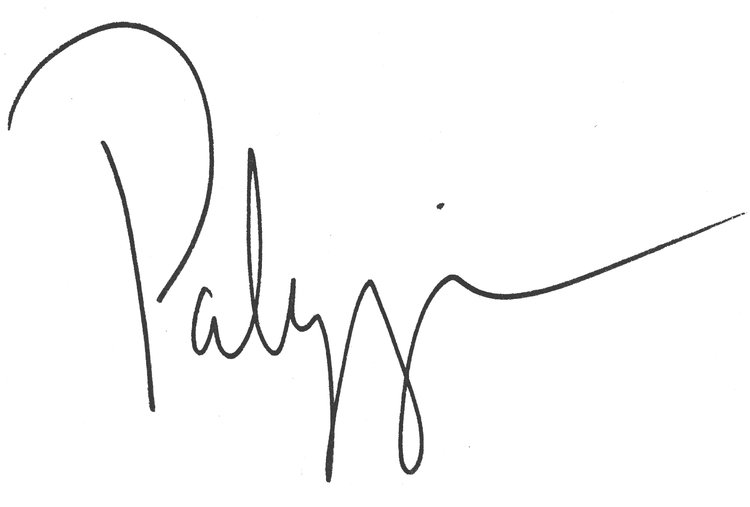DEATH IN VENICE
Death in venice is a site-specific installation that positions the artist’s queer body within various adaptations of Thomas Mann’s queer-coded novella. The space features floor-to-ceiling, hand-dyed grey drapes and two 4 × 8-foot plexiglass sheets on metal frames, illuminated by back projection—the gallery’s only light source. Two looping videos play continuously: one presents silent frames from Luchino Visconti’s Death in Venice (1971) set to Mahler’s Fifth Symphony, while the other is a deep-fake video merging the artist’s facial movements with Aschenbach’s, accompanied by spoken texts from Mann’s novella, Visconti’s film, Britten’s opera, and related scholarly sources.
Death in venice
Two-channel digital video project, dimensions variable
60 minutes
2022
